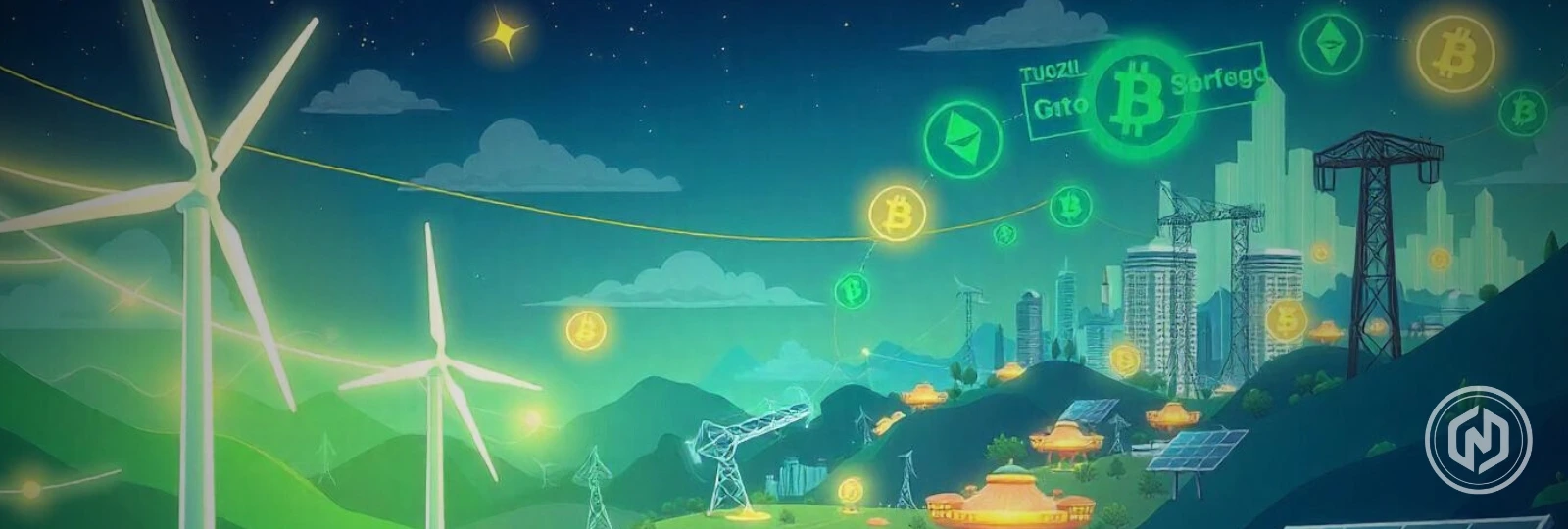Starpower, a protocol on the Solana Chain, is working at the grassroots level to shape the future of energy and bring greener, smarter, and cleaner energy to households. Solana and Starpower are propelling the development of Virtual Power Plants (VPPs) and leveraging blockchain technology to revolutionize the energy sector.
Designed for Solana, Starpower’s platform manages the heavy data loads required for thousands of VPPs. Another initiative, Fuse’s Project Zero 2050, also runs on the Solana blockchain and focuses on reshaping the future with clean energy.
Decentralized Energy Sector
The decentralized energy sector refers to a network in which energy production and distribution are not controlled by a centralized power plant but spread across various local sources, making it autonomous.
Some decentralized energy devices are hydroelectric power sources, home batteries, and wind turbines. The sector was born out of the need for climate-conscious technologies as traditional power plants often rely on fossil fuels, increasing the carbon footprint. Further, this energy sector is more reliable than old grid infrastructures, which usually heat up with rising global temperatures.
While still nascent, the decentralized energy sector holds environmental and economic weight. Virtual Power Plants typically manage somewhere between 5-20% of the electricity consumption in areas that use renewable energy.
International Energy Agency reports stated that in 2022, the global electricity market was three trillion dollars, implying that the market size for Virtual Power Plants could easily exceed $100 billion. In addition, the total demand for carbon credits, energy efficiency, and data could reach as high as tens of billions of dollars. This has led to the movement for energy efficiency.
Fuse’s Project Zero 2050 To Reward Participants
Fuse’s Project Zero 2050 wants to incentivize energy savings and promote autonomous energy distribution by integrating blockchain technology, cryptocurrencies, and renewable energy networks.
The project is funded by Multicoin Capital, an investment firm that has invested $12 million to help support the transition from a traditional energy ecosystem to a renewable energy framework. People who participate in this project by optimizing their energy will earn incentives in tokens.
Starpower and Srcful Paving The Way To Clean Energy
Starpower also leads the way for decentralized virtual power plants (VP). With 13,500 devices already sold, Starpower is solving the pain points associated with traditional energy grids. These outdated energy grids have long depended on centralized power stations, making it a struggle to manage dispersed sources such as solar rooftops, wind turbines, etc.
Crypto-driven VPPs help coordinate energy assets in real time and maximize the use of renewable sources, rendering energy generation more elastic and adaptive to fluctuating necessities. Individuals and small-scale energy creators (e.g., homes with solar panels or electric vehicles) are frequently under-compensated for their contributions to grid stability.
Starpower establishes token-based incentive mechanisms. These tokens reward participants for supplying excess energy during non-peak times, decreasing energy usage when demand is highest, or contributing to grid stability. This presents a financial motivation for small energy creators to engage more in energy management.
Similarly, Srcful also plans to establish dVPPs integrated with the Helium-enabled IoT networks and is currently beta testing on the Solana devnet. Power ledger, another clean energy tech, is now ready for launch on Solana’s mainnet after successfully cutting solar energy’s prices by 43% in a peer-to-peer trading pilot.
Solana’s token SOL might also take off as these projects continue to boom. While in the past, crypto has had to endure mining impacts on the environment, it is now on its way to bolstering adoption for a zero-carbon future.

